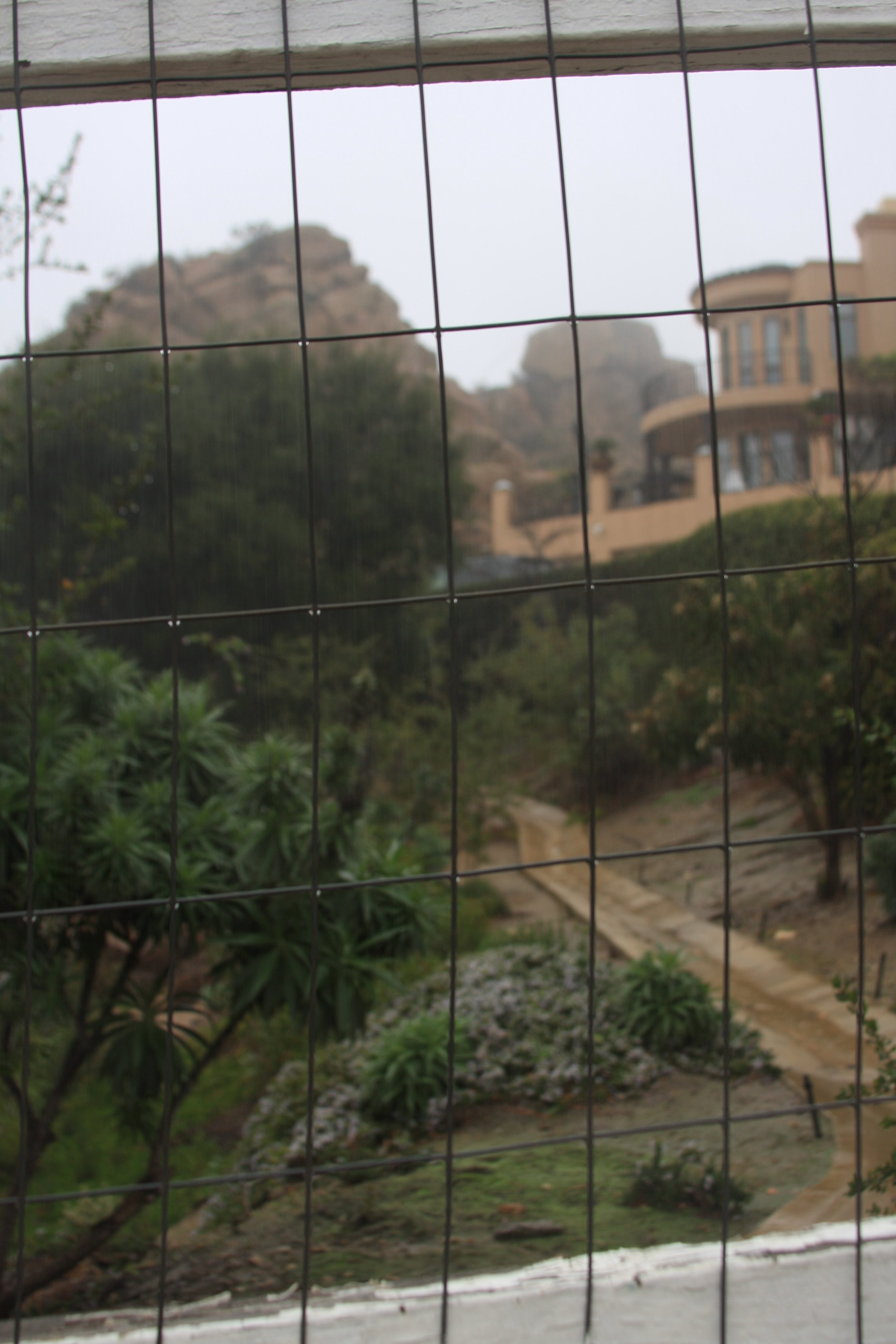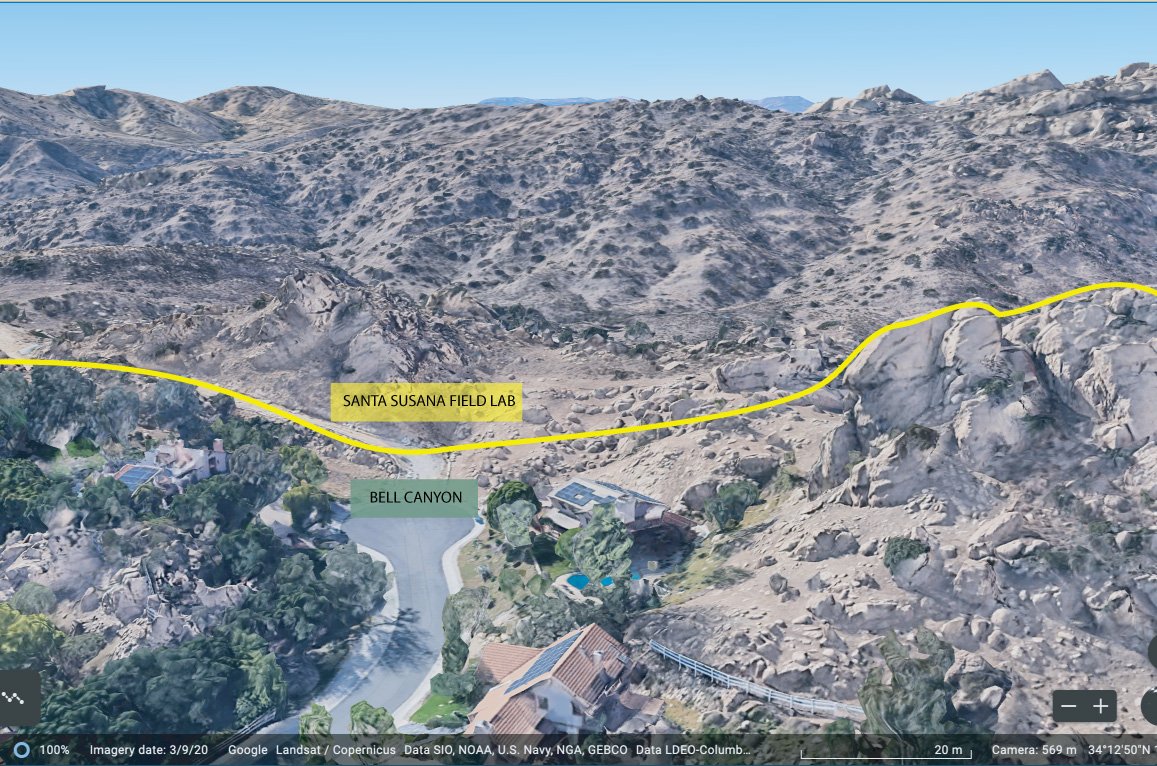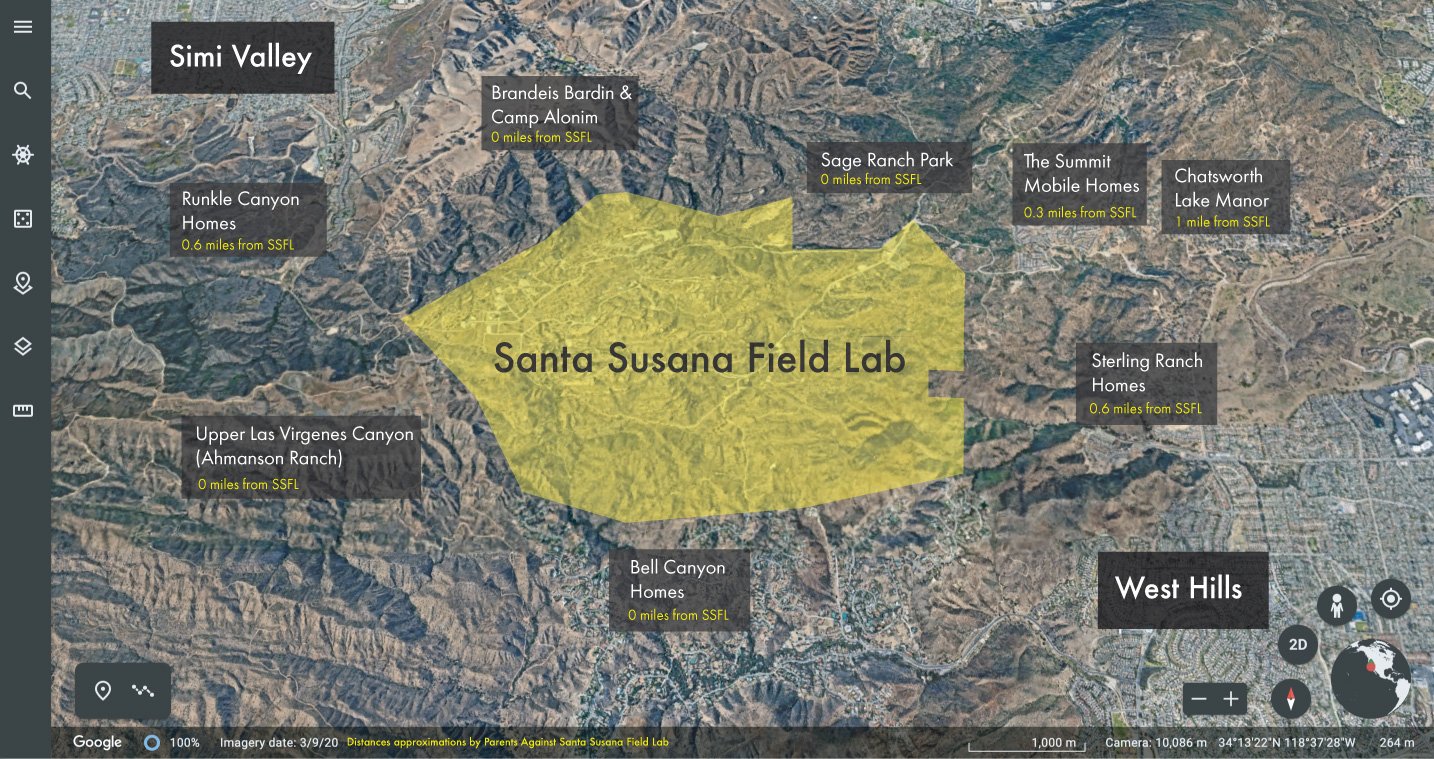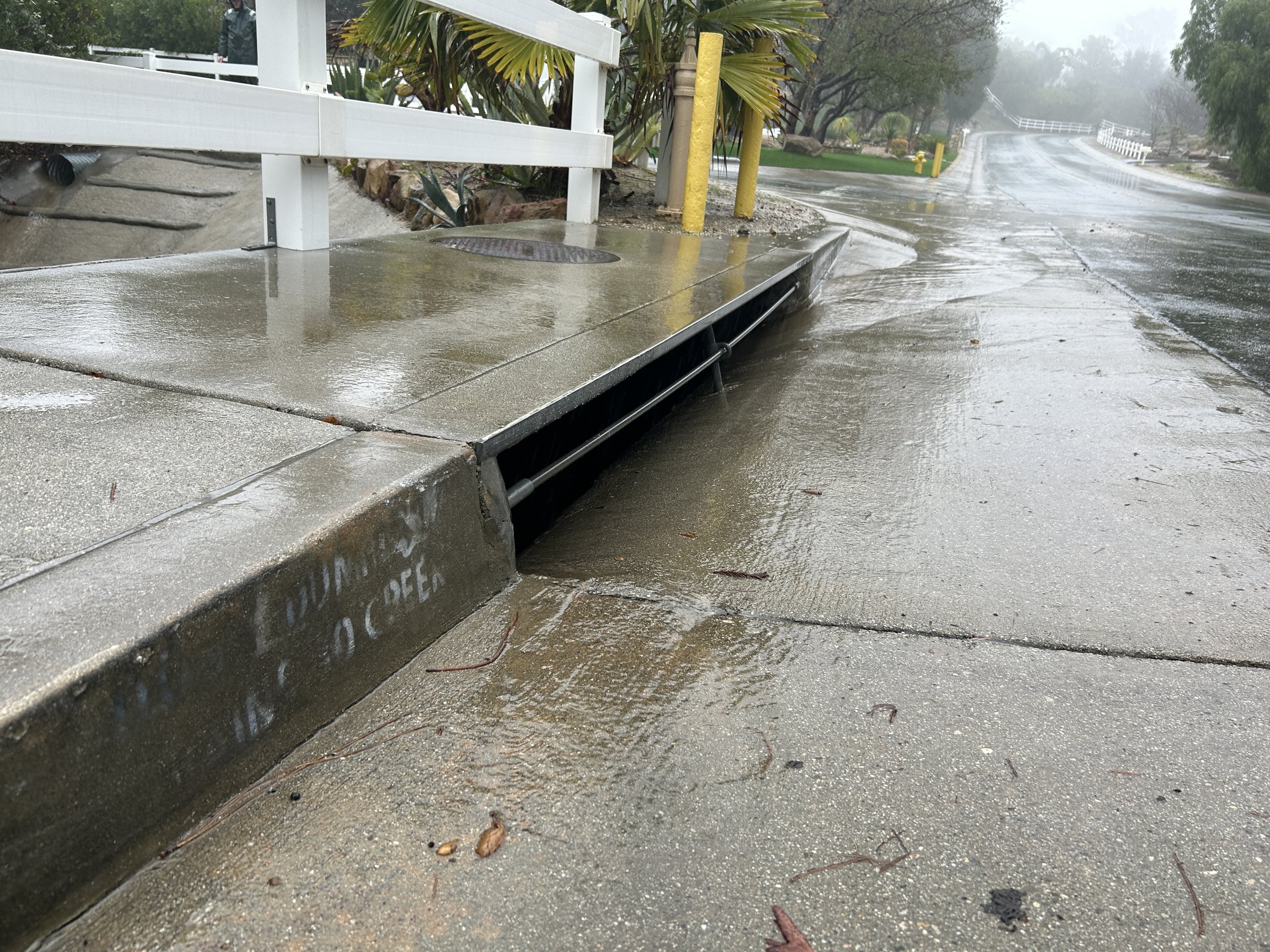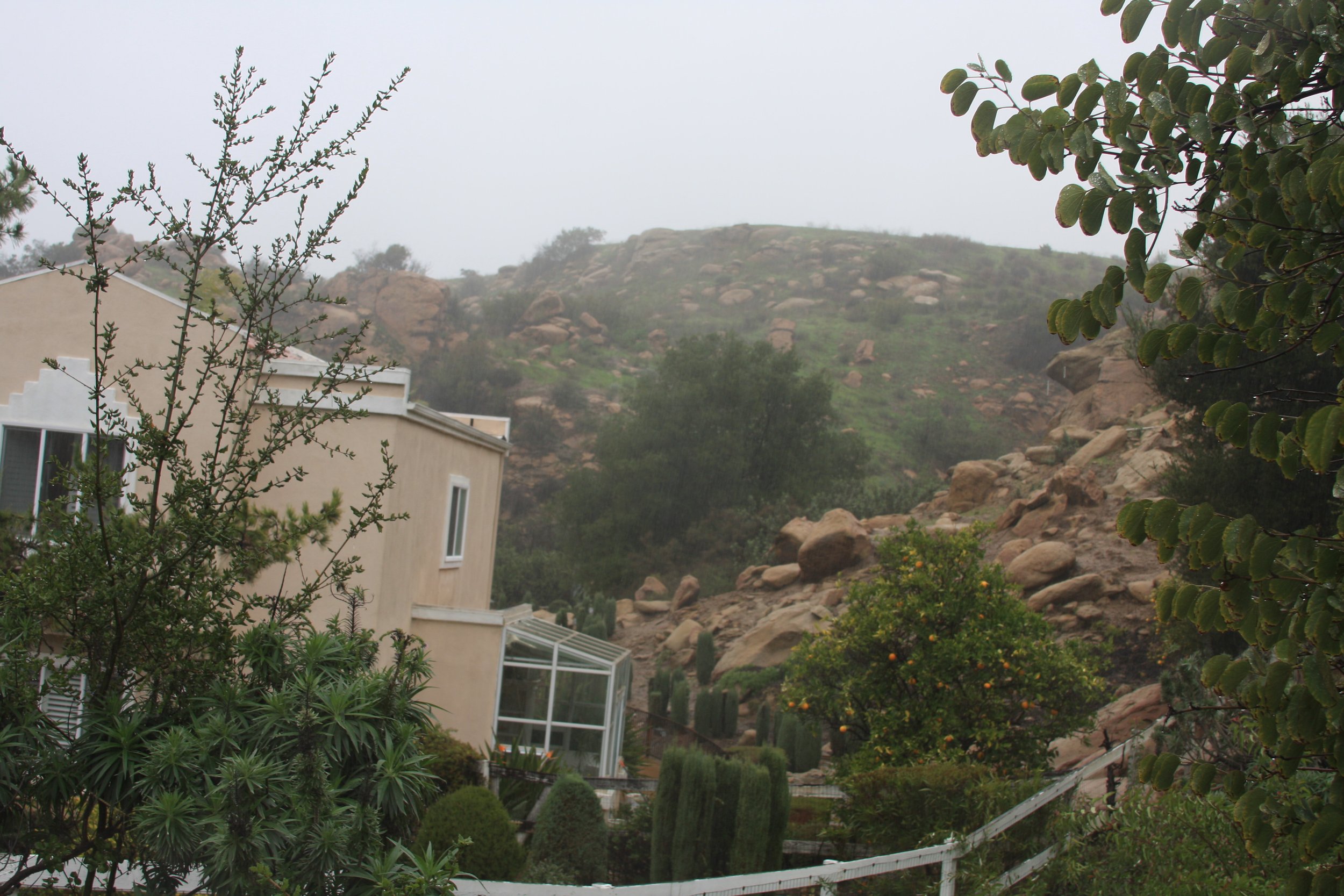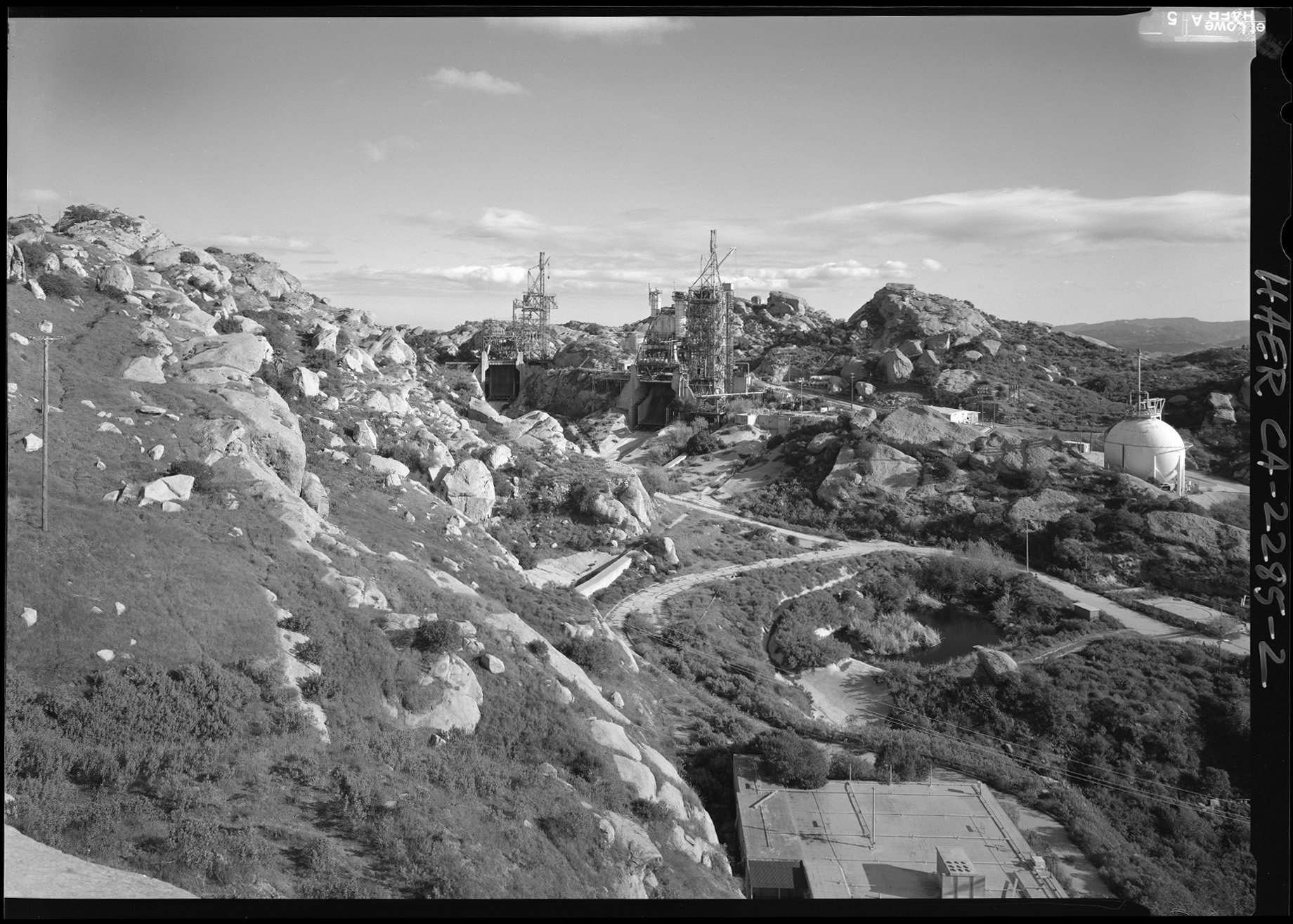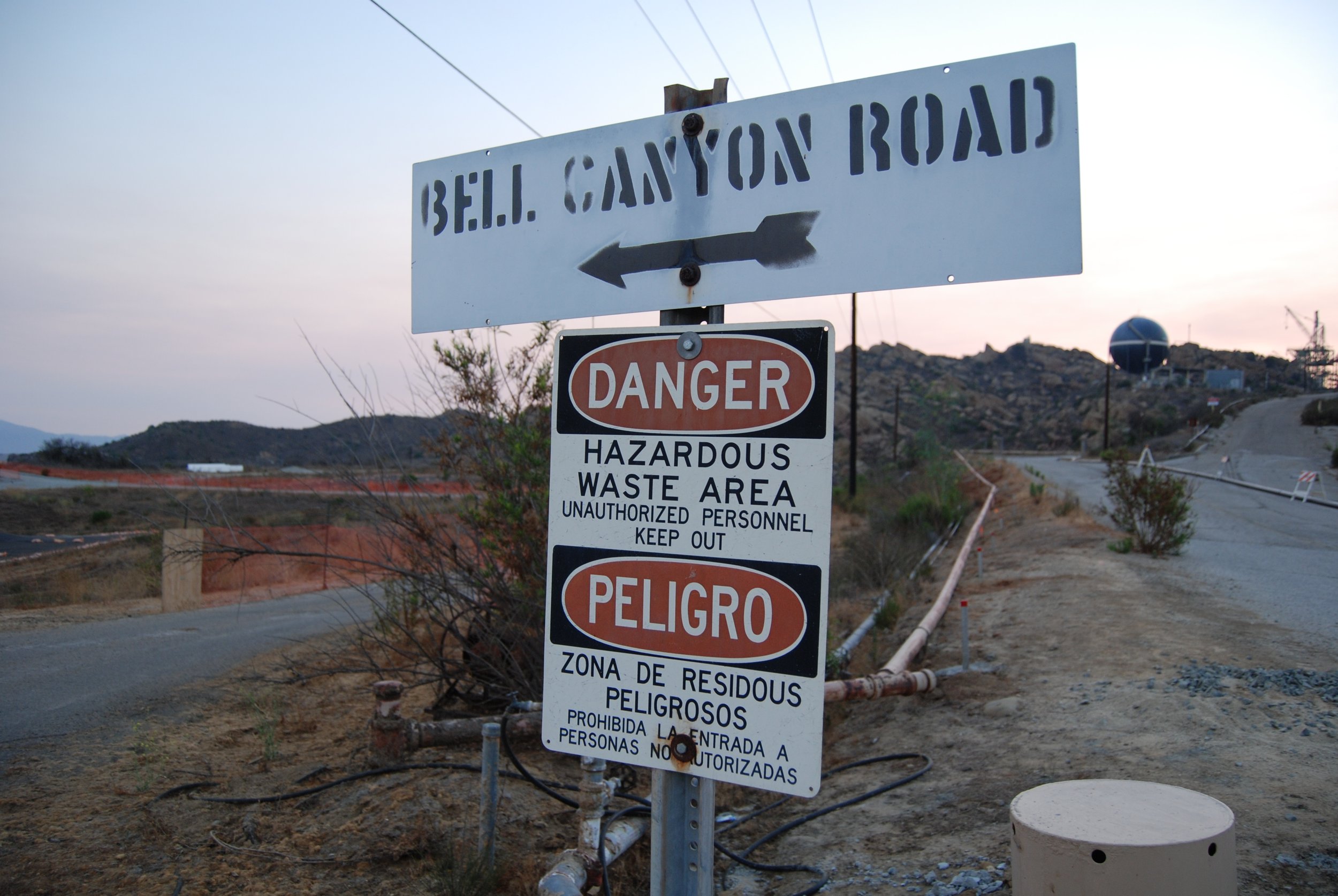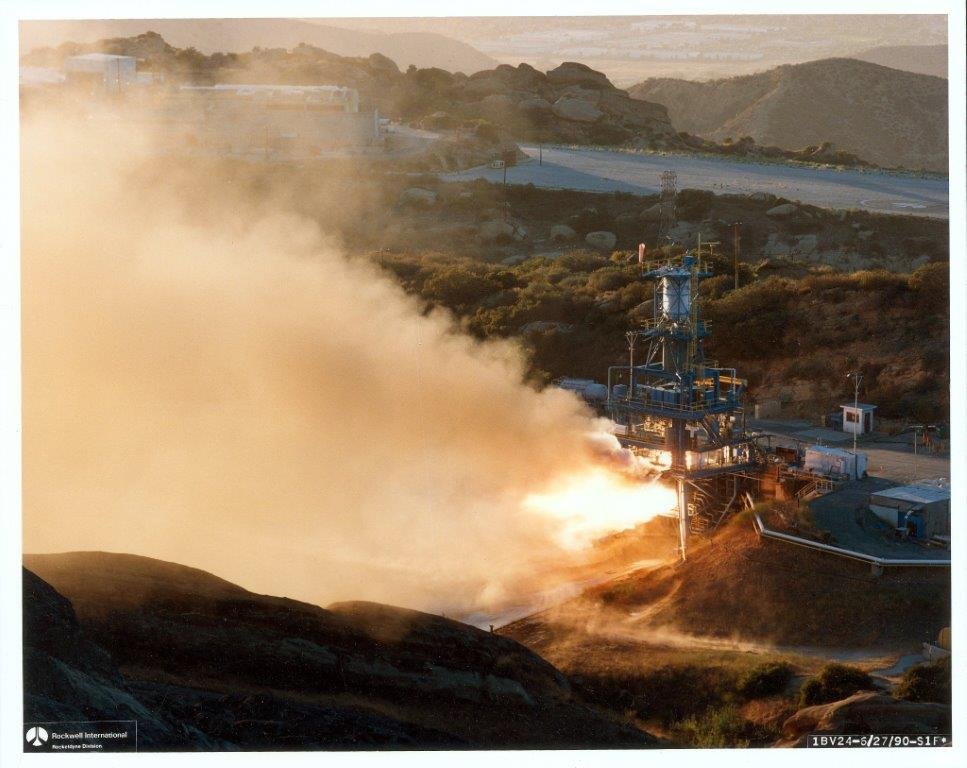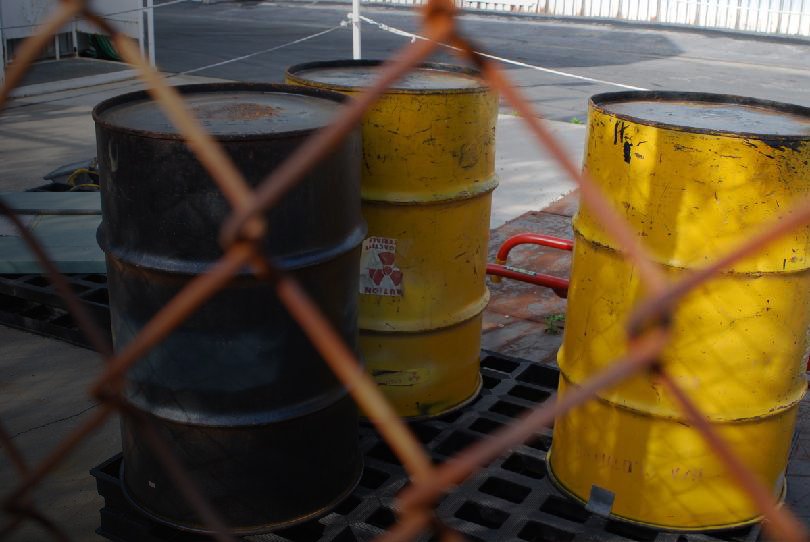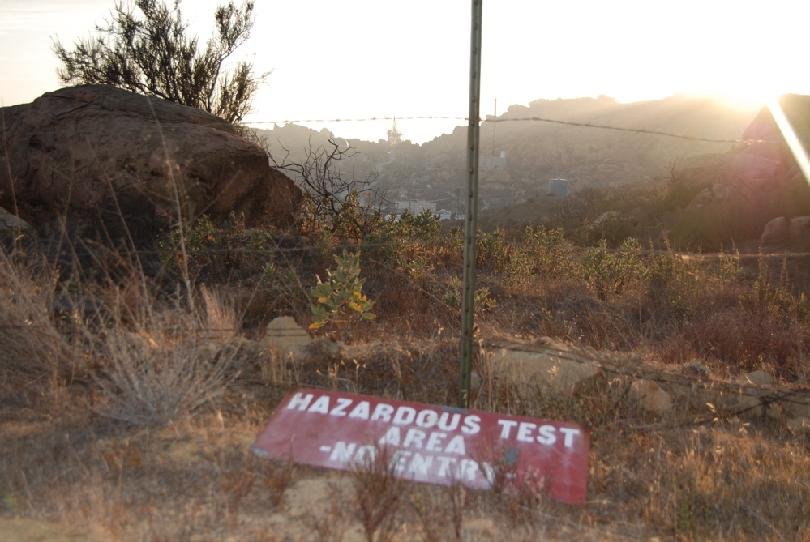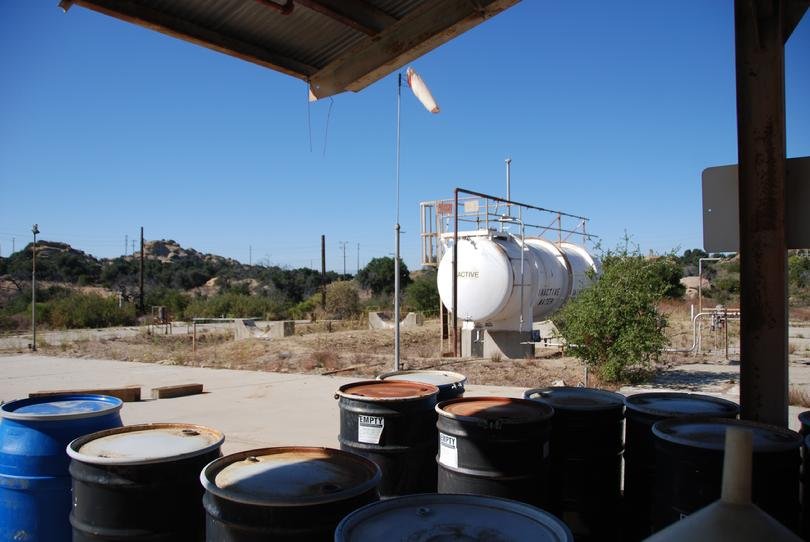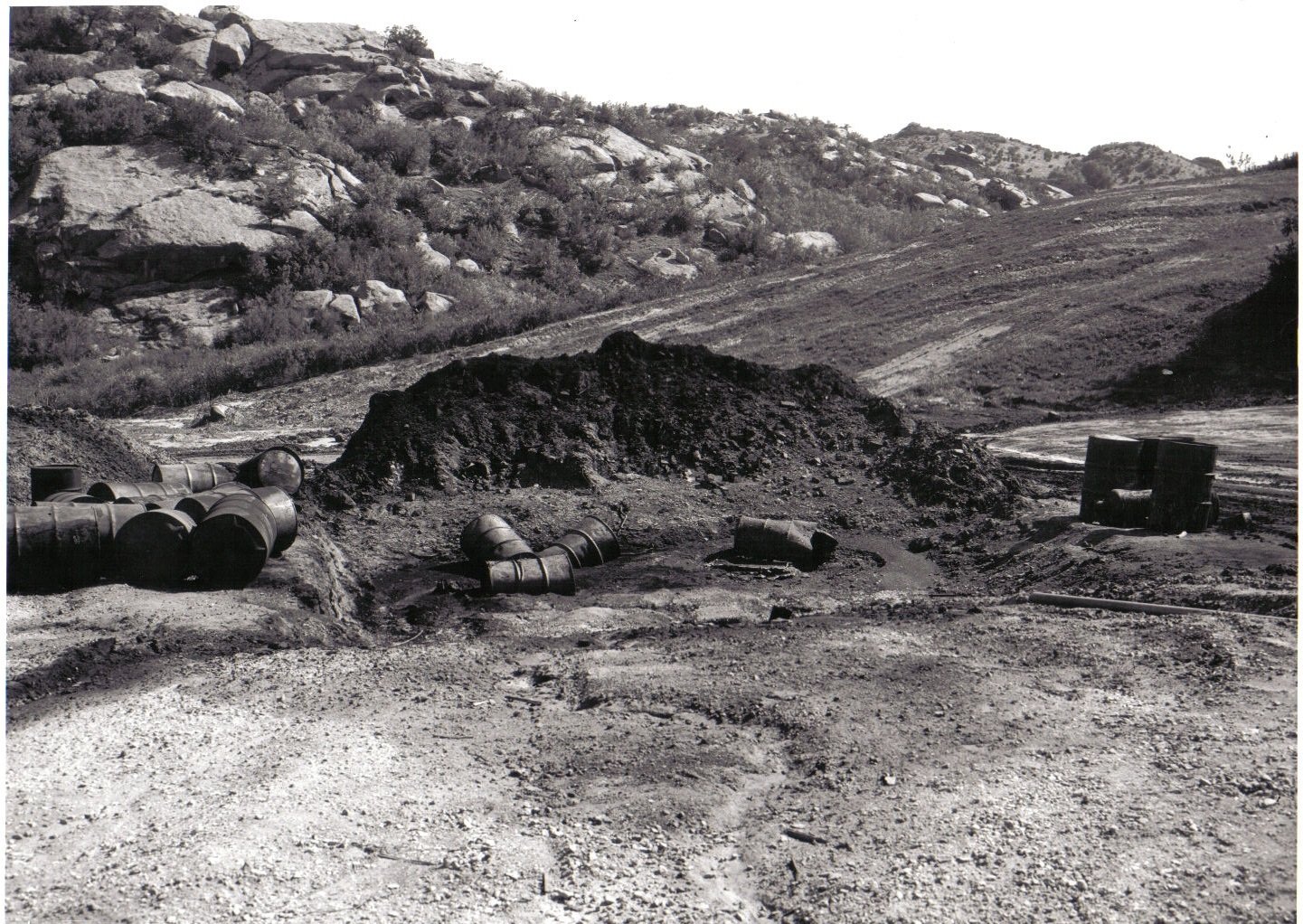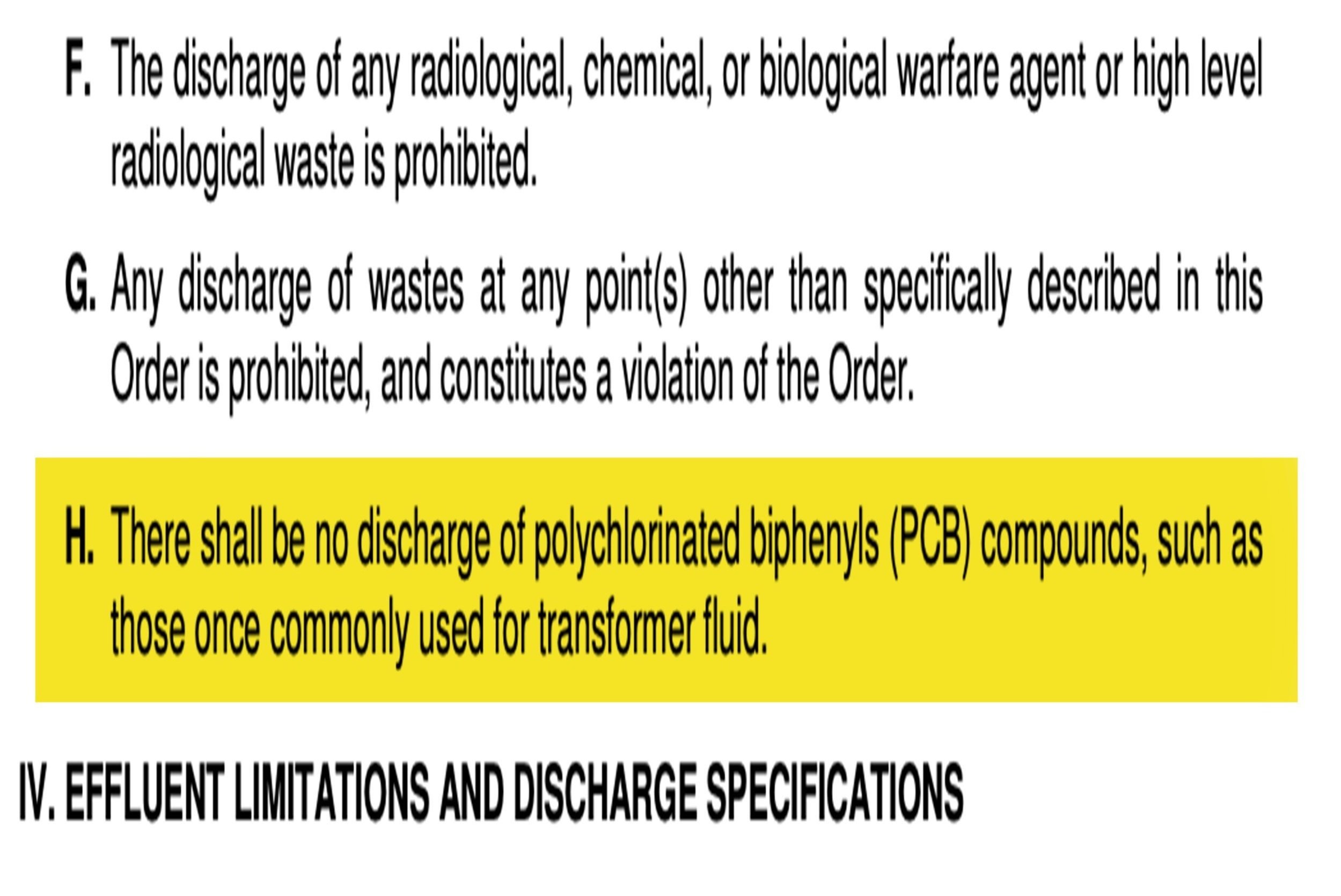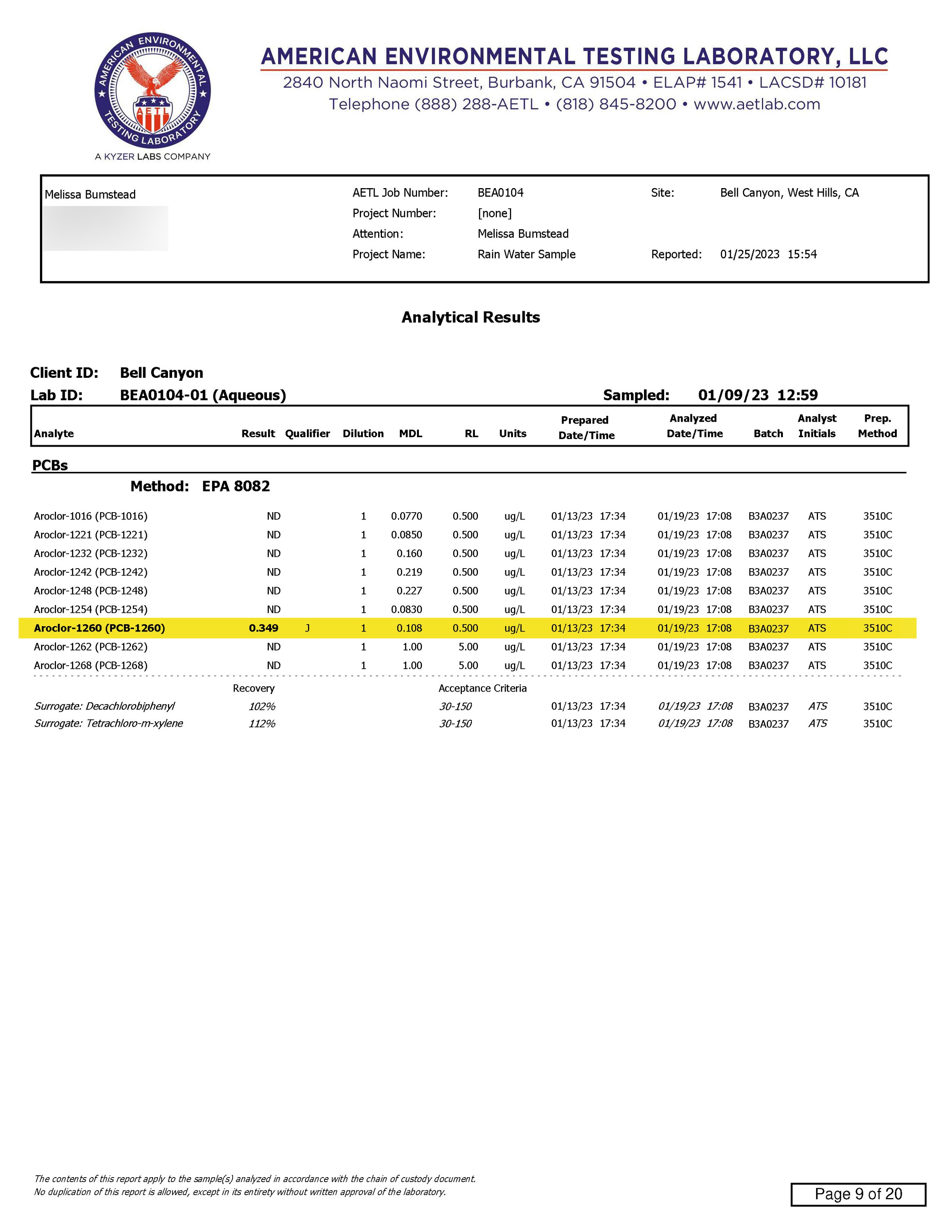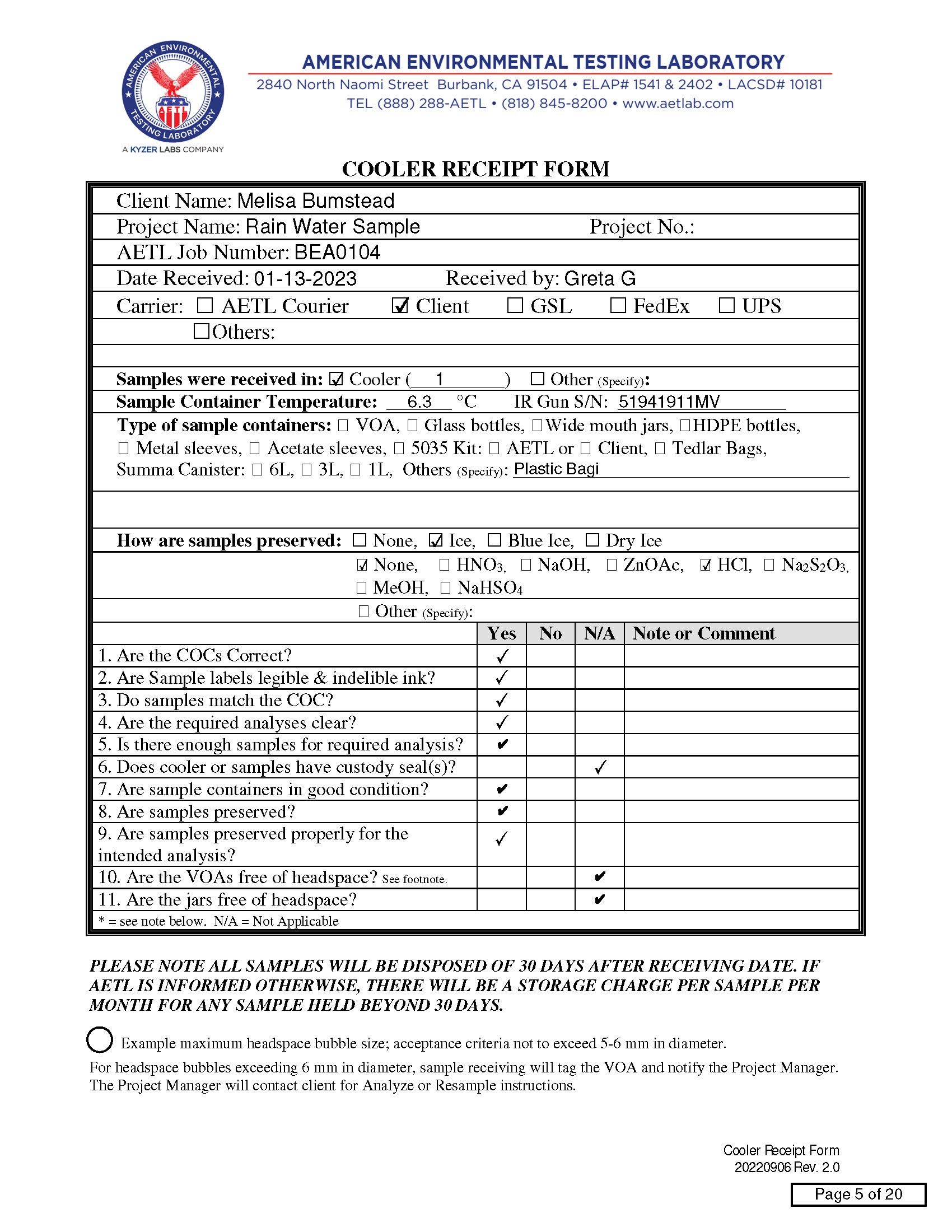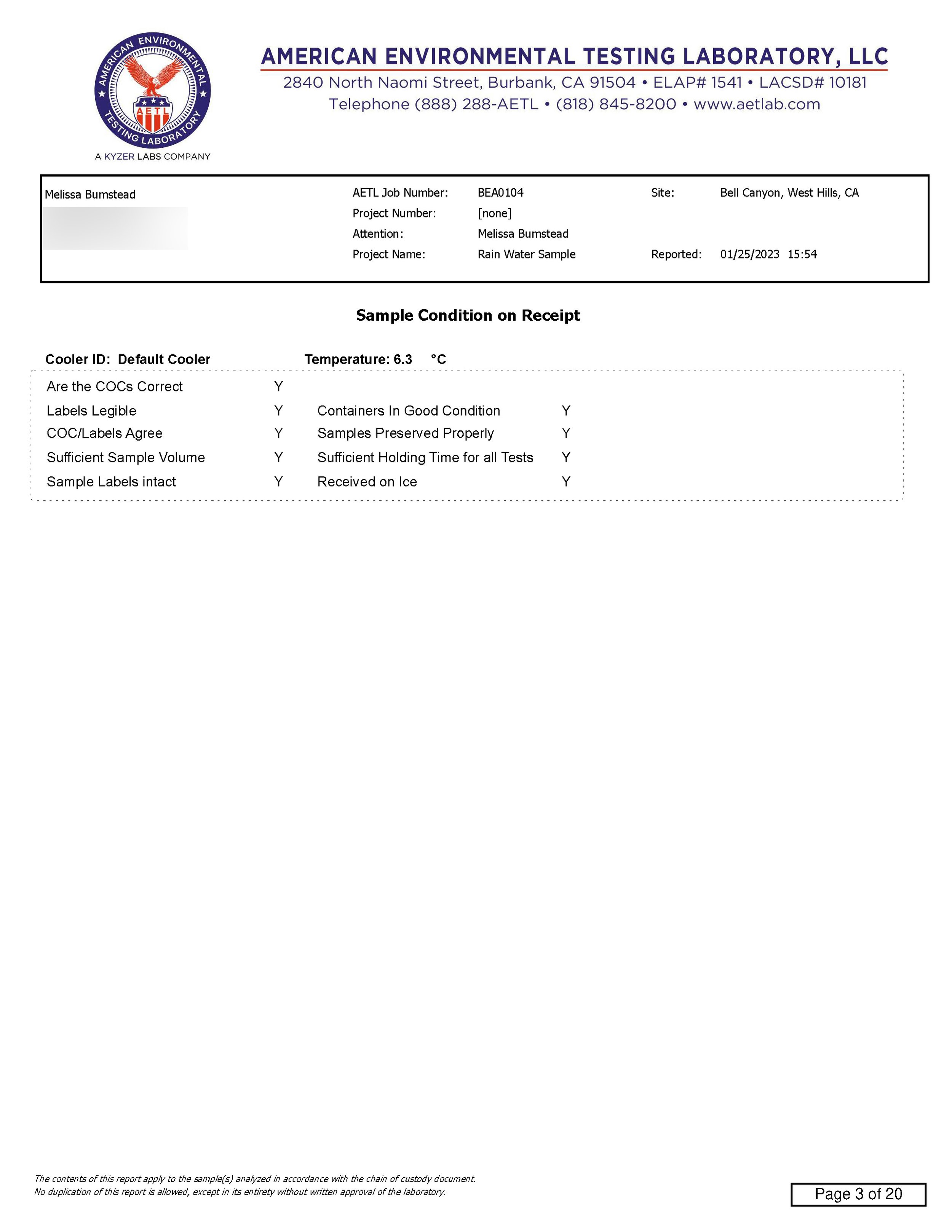Press Release
Press Release | Videos and Photos | Supporting Docs
Toxic rain runoff soaks celebrity enclave of homes in Bell Canyon
Contact: Melissa Bumstead | 818.233.0642 | melissabumstead@gmail.com
FOR IMMEDIATE RELEASE: MARCH 10, 2023
Shaq sells Bell Canyon retreat for $1.85 million (Los Angeles Times, January 25, 2021)
The exclusive Bell Creek community in Southern California has drawn celebrities such as Shaq O’neil, Joe Rogan, Chrissy Metz, and Lil Uzi Vert. Few people realize that several homes in the gated community share a fence line with the site of one of America’s worst nuclear meltdowns, and one of California’s most toxic sites, the Santa Susana Field Lab (SSFL). The SSFL remains contaminated today, despite the Boeing Company’s prior cleanup agreements to completely remediate their portion of the site by 2017.
In January 2023, local residents decided to independently test rainwater runoff seen gushing from the SSFL into Bell Canyon backyards. They were shocked when Polychlorinated Biphenyls (PCBs) were detected in the water samples. These toxic chemicals are known for their correlation to serious health issues such as reproductive harm, thyroid disorders, cancer, and other health effects, according to the EPA.
“My thirteen-year-old daughter is a two-time cancer survivor, so I wanted to see if my community is being exposed to the same type of contamination that harmed my daughter,” said Melissa Bumstead, founder of the grassroots community group, Parents Against SSFL. “Boeing continues to put our environment, wildlife, and children at risk of exposure to incredibly dangerous contamination and Governor Newsom is allowing it to happen under his watch. I just don’t understand it.”
Boeing has paid nearly a million dollars in fines from past rainwater runoff violations at the SSFL over the decades, yet they recently signed several agreements, including a “Settlement Agreement” with Newsom’s Department of Toxic Substances Control (DTSC) that will allow Boeing to leave the soil and groundwater heavily contaminated with chemicals and toxic metals for perpetuity. Parents Against SSFL, Physicians for Social Responsibility-Los Angeles, and PEER (Public Employees for Environmental Responsibility) are currently suing DTSC and Boeing over the agreements.
Bell Canyon has eight hundred, multi-million dollar homes, two schools, a five-acre park, an equestrian center, and tennis courts within its secluded community. But along with the 700,000 people who live near the site, Bell Canyon residents have no protection against Boeing’s toxic and carcinogenic chemicals that flow offsite of the Santa Susana Field Lab during heavy rains.
####
Video and Images
Videos & Photos: 2023 Runoff in Bell Canyon
Images and videos by Melissa Bumstead and may be used for article. Additional images and videos can be downloaded at full resolution here.
Historical Santa Susana Field Lab (formerly Rocketdyne) Images
Historical images are public domain or used with permission by William Preston Bowling for article. Additional images can be downloaded at full resolution here.
Supporting Documents
Boeing’s NPDES Permit
The Boeing Company is currently being regulated by the Los Angeles Regional Water Quality Control Board (LARWQCB)’s 2015 National Pollution Discharge Elimination System (NPDES) Permit at the Santa Susana Field Lab: Please see (PDF Page 10): In section 3, “Discharge Prohibitions,” the following is stated, “There shall be no discharge of polychlorinated biphenyls (PCB) compounds.”
Lab Results
The PCB “Aroclor-1260 (PCB-1260)” was detected in the rain water sample at 0.349 ug/L. This exceeds the NPDES permit which states, “there shall be no discharge of polychlorinated biphenyls (PCB) compounds.”
About PCBs
California Water Health Goal
The EWG Health Guideline of 0.09 ppb for PCBs was defined by the California Office of Environmental Health Hazard Assessment as a public health goal, the level of a drinking water contaminant that does not pose a significant health risk.
The Bell Canyon sample 0.349 ug/L (0.349 ppb) which is X
Health Risks
From EPA website: Polychlorinated Biphenyls (PCBs) have been demonstrated to cause a variety of adverse health effects. They have been shown to cause cancer in animals as well as a number of serious non-cancer health effects in animals, including: effects on the immune system, reproductive system, nervous system, endocrine system and other health effects. Studies in humans support evidence for potential carcinogenic and non-carcinogenic effects of PCBs…
…EPA's peer reviewed cancer reassessment concluded that PCBs are probable human carcinogens. EPA is not alone in its conclusions regarding PCBs. The International Agency for Research on Cancer has declared PCBs to be probably carcinogenic to humans. The National Toxicology Program has stated that it is reasonable to conclude that PCBs are carcinogenic in humans. The National Institute for Occupational Safety and Health has determined that PCBs are a potential occupational carcinogen…
…PCBs do not readily break down once in the environment. They can remain for long periods cycling between air, water and soil. PCBs can be carried long distances and have been found in snow and sea water in areas far from where they were released into the environment…PCBs can accumulate in the leaves and above-ground parts of plants and food crops…
Contamination at the SSFL (OVerview)
Over 30,000 rocket engine tests conducted over decades, resulting in over 500,000 gallons of toxic Trichloroethylene (TCE) being released into the soil and groundwater.
Radioactive accidents included four meltdowns (one of which may be the worst in American history), spills, fires, and outdoor burning of radioactive waste.
Workers burned toxic waste as well as shot at barrels of waste, resulting in the death of two workers when the barrels exploded.


